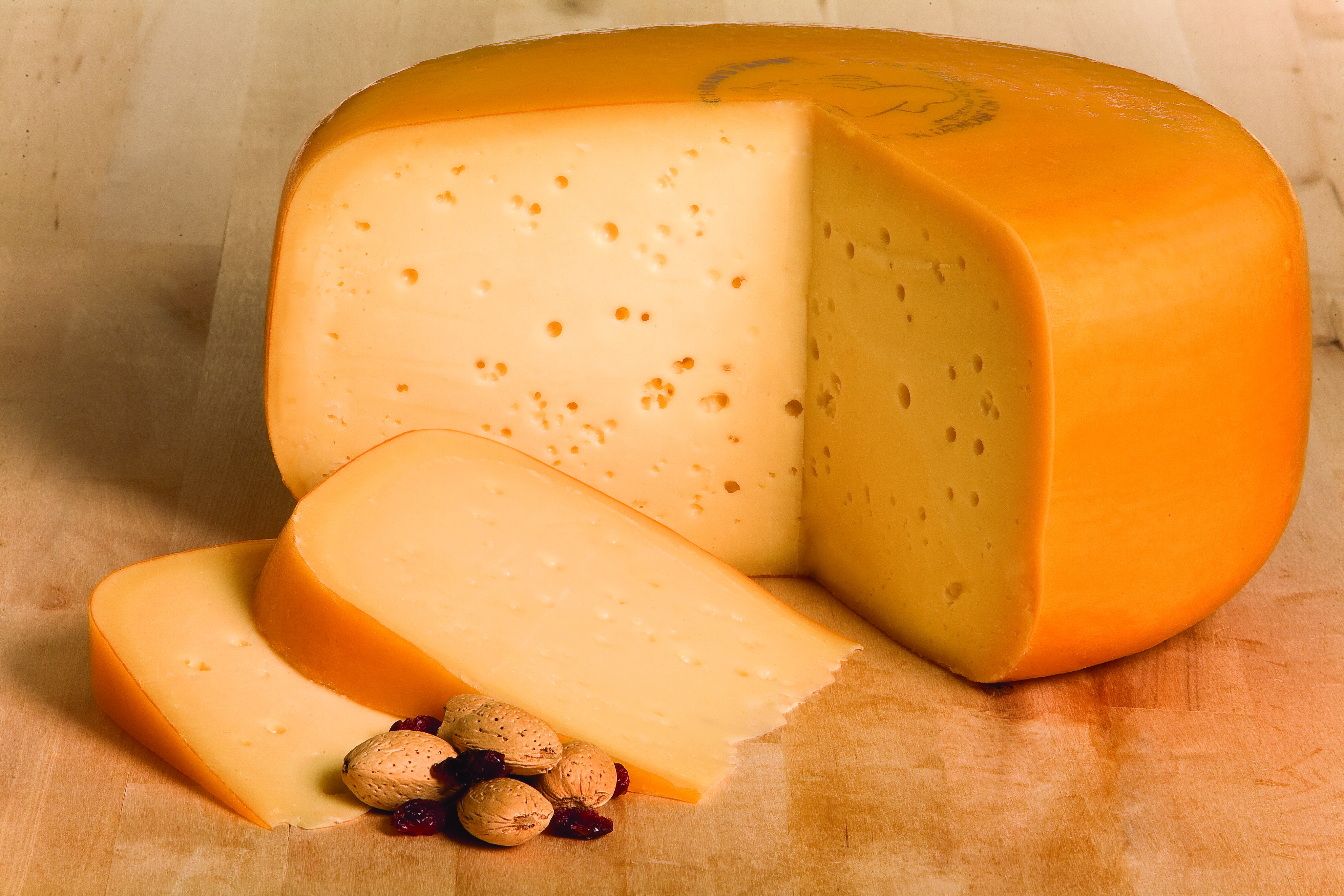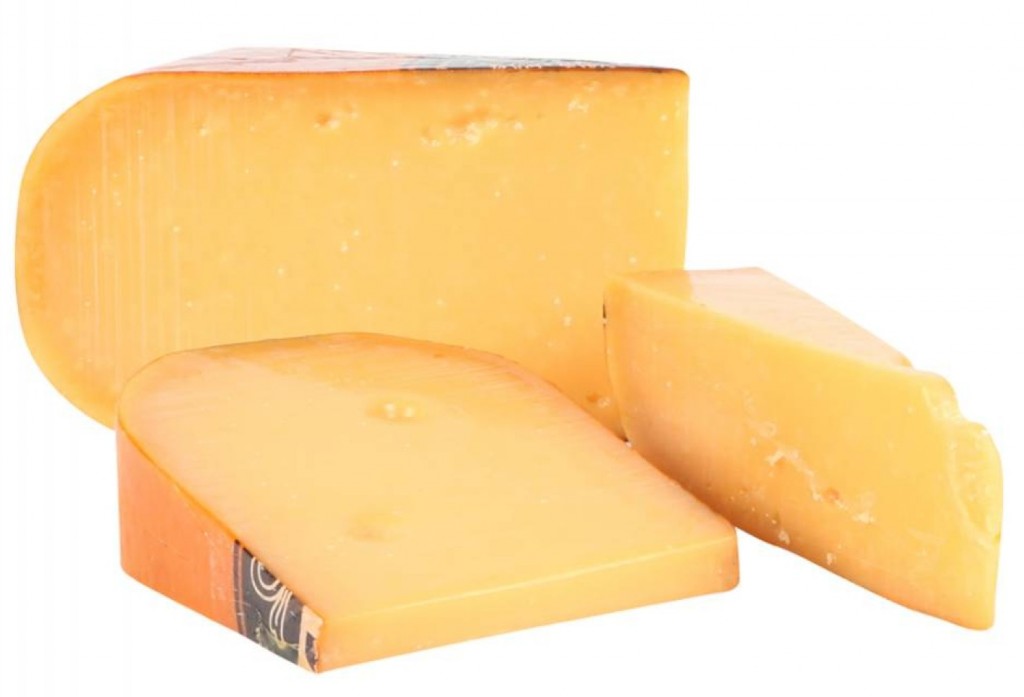Milk thieves are a category of witches familiar in the folklore of Scandinavia, naturally in service to the milk-stealing witch referred to as a caillebottière.
Regardless of species, each milk thief is a profane amalgamation of human integuments like hair and nails, animal effluvia, wood shavings, body parts, and other offensive materials.
Brought to life by sorcery and other blasphemous action, these foul constructs would go forth and suckle from the teats of the neighbors’ livestock or from their milk jugs or even break into homes to lap up cream before returning to the witch’s pail or trough to regurgitate the stolen milk.
 |
| The Swedish Milk Hare |
MILK THIEF DIVERSITY
Milk thieves possessed several forms and names, including the milk rabbit, milk hare, and troll ball. Still, two, in particular, seem to have the most lore associated with them (based on this compiler’s limited resources on the topic). These are the troll cat and the tilberi.
THE TROLL CAT
The troll cat goes by many names: truss, skratt, smørkat, trollnøste, trollnøa, etc. It comes in two shapes, the most common being a ball, the other being a cat.
Troll cats with these different shapes operate under different rules: the ball of yarn will roll around to absorb the milk, and injury done to it would cause it to rupture and spill its contents; the troll cat in the animal shape will sympathetically wound its witch via magical sympathy.
This difference in form comes from two influences: the physical phenomena conflated with milk thieves and the plasticity of magical concepts.
First, the dual forms of the troll cat are suspected by some anthropologists to be influenced by either hair vomited up by cattle (the ball) or by the Norwegian Forest Cat (the cat form, obviously). The second influence has to do with Scandinavian notions of the structure of the self, particularly the notion of hug.
Hug is the mental or perhaps sidereal self in Scandinavian mythology. Like many such notions, it’s impossible to pin down concrete boundaries for what the hug is other than an immaterial extension of the self that is not quite the soul or spirit, capable of influencing animate and inanimate objects at a distance. Relevant to the troll cat, the witch’s hug sometimes takes the form of a cat. Additionally, the witch must be buried with her troll cat, or she might leave the grave looking for it.
Because the zoomorphic troll cat has been conflated with the witch’s hug, the constructed familiar and the witch don’t have a clear boundary between them. An attack on the zoomorphic troll cat directly attacks the witch herself!
While the troll cat serves as both a gateway to Scandinavian magical concepts and a holotype for the entire category of milk thieves, it cannot match the next milk thief in dramatic impact: the tilberi.
THE TILBERI
Initially, this whole article was dedicated to exploring Iceland’s tilberi, the foul spindle’s novelty so overpowering that this compiler spared only a handful of lines for the other milk thieves. Given what’s described here, we think you’ll understand.
To Make a Tilberi
If a witch desires to make a tilberi (carrier) or snakkur (spindle), she must wake up early on Whitsunday (Pentecost) and dig up the grave of the recently deceased. She shall remove a rib from this corpse and use it as a spindle for grey wool stolen from a widow’s sheep. For the next three Sundays, the witch will spit the communion wine onto the wool spindle, and it will come more alive each time.
On the third Sunday the tilberi is realized: a woolly snake or worm with grotesque, human-like faces at either end. It latches onto a wart that develops on the inside of the witch’s thigh and suckles there until ordered out.
Addendum: After publishing, we realized that the element of communion wine was worth examining further. There's more to this than the substantive blasphemy of rejecting communion thrice (the number of first substance), but also in what the communion wine represents: eternal life. If the blood of Christ can confer immortality to humans, surely it can confer life unto the inanimate and unliving!
Tilberi Activity
Writhing and wriggling, the tilberi is ordered by the witch to go out and steal the milk and cream of her neighbors. Full, it returns to the witch’s pail, crying, “Mummy! Mummy! Belly’s full!” and disgorges the ill-gotten milk into her pail or churn.
The tilberi obtained the milk by assaulting livestock, leaping onto the back of a cow, goat, or sheep and latching on to the teats. Sometimes, they were able to reach around both sides and attack two nipples at once.
Tilberi Hazards
The tilberi is a perversion of motherhood, a creation that exists only to parasitize the community for the sake of the witch’s gluttony. This poses a problem for the witch, as the ordinary course of human biology threatens her life. If she were to give birth without disposing of her tilberi, the familiar would latch onto the witch’s own breasts and suck the life out of her!
Disposing of a Tilberi
The tilberi, as far as this compiler has been able to ascertain, has no conflation with the concept of hug, which is to say that the tilberi is its own entity distinct from the witch. This means that the witch can dispose of the tilberi without damaging herself.
The witch can destroy the tilberi by giving it an impossible task. It can be told to collect all the sheep’s droppings in three fields or gather all the droppings in the mountains and stack them into three piles. Either of these gets the tilberi far away from the witch who created it, and it will work itself to death or be destroyed by the holy power of three (in reference to the Christian Trinity). Regardless of what kills it, this task reduces the tilberi to a rib spindle.
Protecting oneself from a Tilberi
For the folk afflicted by the witch-thief, protective magic is available for protecting livestock against her foul familiar. One makes the sign of the cross over the animal’s rump and udder and then recites a psalter over the animal’s spine, preventing the tilberi from mounting or latching.
This magical ritual may protect the livestock but does little to stop the witch. To do that, the witch must be identified.
Identifying a Tilberi’s Witch
The first way to identify the tilberi’s witch is by investigating the community members’ butter. Butter made from the tilberi’s disgorged milk is supposedly rich in taste but visibly clumped, as though curdled.
Once clumped butter is found, either the sign of the cross is made over it, or a stave known as the smjörhnútur (“butter-knot”) is drawn in the butter with a finger. If the butter melts away into a foam from either of these actions, it’s a sure sign that the source milk was stolen.
 |
| The smjörhnútur. |
Alternately, they can also be identified by the cheese spell.
Still, the surest way to catch the witch is to catch her with the tilberi. Tilberi are quite fast, but if one chases a tilberi on a swift horse, they may drive it right back to its witch. Jacqueline Simpson identified several recorded instances of this in Icelandic Folktales and Legends, where the tilberi was tracked to the source and sought refuge under the witch’s skirt. In these instances, the women had the bottom of their skirts tied shut, trapping the tilberi, and witch and familiar were then put to the flame.
TAKEAWAY
This blog aims to make magical concepts, practices, materials, and creatures sensible to writers. For all its grotesque pageantry, the milk thief is an excellent device for putting the writer or their audience into the shoes of the people who told these tales.
For the modern writer, as much as the reader, it’s easy to be divorced entirely from ancient or medieval sensibilities. The notions of spells based on cheese or witches stealing milk seem silly to us because we live in a time of abundance like none other in the history of the world. We’re mostly divorced from the practice of animal and plant husbandry for sustenance because we’ve outsourced the task to industrial farms and supermarkets. The witches and their milk thieves, for all their apparent absurdity, tell us how vital dairy was for the survival of the common folk in these times and how close they were to the source.
To a modern American (at the time of this writing), a pail of whole milk is $20. Until the past couple of centuries, for some people, that pail was the margin that determined whether their children made it through the winter.
On top of the importance of calories, there’s also the question of trust. For most of human history, the overwhelming majority of the population has not been faceless bodies shifting from clique to clique in urban environments. They’ve been living in villages out in the countryside. They were bound by various means to the land they worked on, and therefore to a relatively small social circle, and were required to support themselves and their families and reciprocate labor with their neighbors. There were no police officers, what laws there were were hard to enforce, and it was necessary to depend on your community to survive. That dependence hinged on a fragile trust. Anything that sowed mistrust spread paranoia or undermined that trust wasn’t an attack on a single person but the entire social order.
Is it any wonder that such revolting things as the toll cat and tilberi came to be associated with the petty thief and the witch? These familiars were shaped by the disgust and contempt for those subversive social elements who would steal food from the mouths of children and turn neighbor against neighbor. That milk theft was an act that threatened the whole community for the selfishness and gluttony of a single person.
These are the values of the agrarian folk, their sense of right and wrong dramatized in and framed by their material culture. Material culture matters to your character: what their food is, its availability, and how dependent community members are on that fragile social trust. Don’t neglect this in your world-building!
ON SOURCING AND FUTURE RESEARCH
Our starting-off point for researching this article was the relevant Wikipedia articles (as displayed in the Bibliography). While this is far from ideal, the articles are about non-controversial topics and can be regarded as good faith if not prima facie reliable. Some of the article’s sources have provided an excellent place to investigate related concepts, as in Alver’s Nordic Folklore: Recent Studies.
A cursory skimming of Kvideland’s book tells this compiler it’s an excellent resource for expanding on the hug/hugham concept, as well as the particulars of Scandinavian caillebottières and other witches, as well as a host of additional helpful information such as Finnish belief about the relationship between silver and the undead. All of this will need to be revisited in future blog entries.
An additional observation of these works is that many of the sources have been compiled by the same people. Alver wrote Nordic Folklore with Kvideland, Sehmsdorf, and Simpson, while Scandinavian Folk Belief and Legend was written by Kvideland and Sehmsdorf. Also referenced is one of the few books of Claude Lecouteux’s that this compiler has yet to purchase!
The world of folklore and magical studies is a relatively small group of people who produce an absurd amount of content.
BIBLIOGRAPHY
WIKIPEDIA
-“Hug (Folklore).” Wikipedia, Wikimedia Foundation, 29 Dec. 2020, https://en.wikipedia.org/wiki/Hug_(folklore).
-“Tilberi.” Wikipedia, Wikimedia Foundation, 5 Dec. 2021, https://en.wikipedia.org/wiki/Tilberi.
-“Troll Cat.” Wikipedia, Wikimedia Foundation, 28 Dec. 2021, https://en.wikipedia.org/wiki/Troll_cat.
SOURCE TEXTS
-Kvideland, Reimund. “Concepts of the Soul in Norwegian Tradition.” Nordic Folklore: Recent Studies , Indiana Univ. Pr., Bloomington U.a., 1989, pp. 119–120.
-Simpson, Jacqueline. “Black Magic.” Icelandic Folktales and Legends, Tempus, Stroud, 2009, pp. 173–174.

















